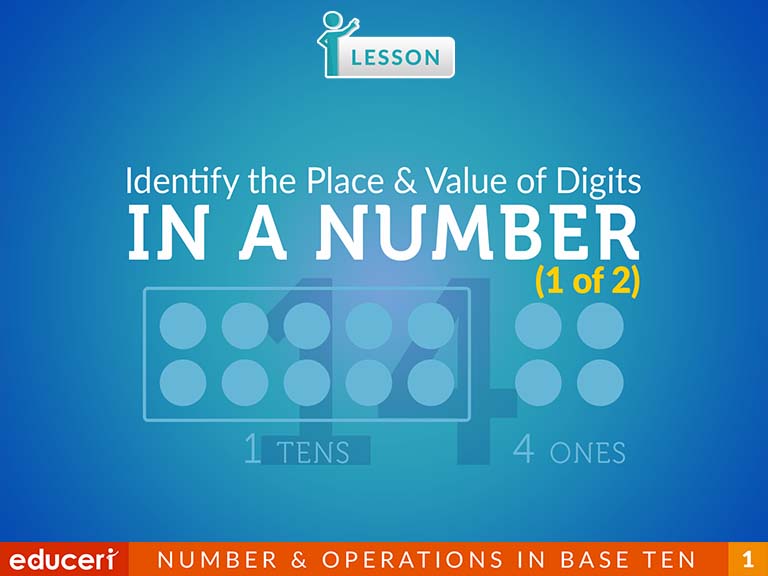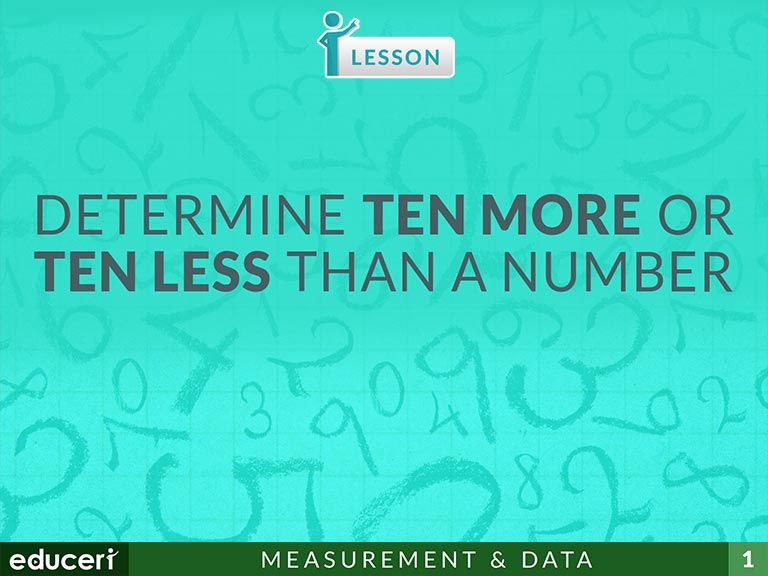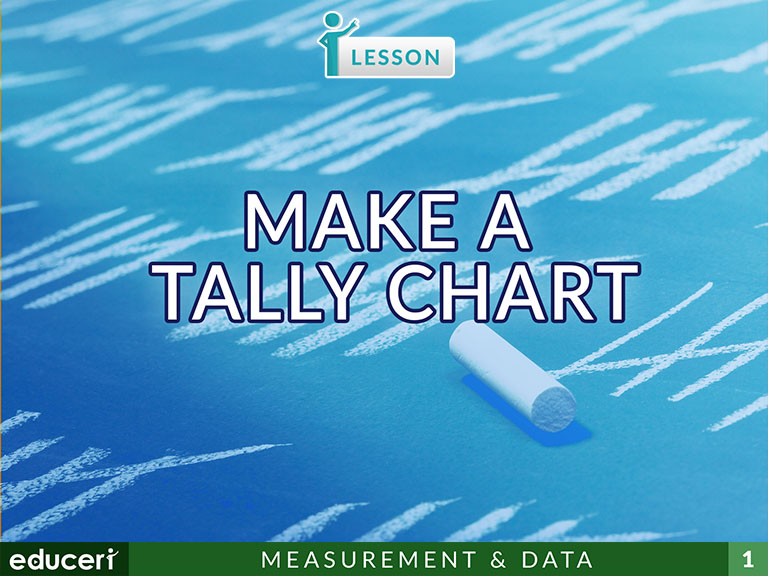All Lessons

Compare Two-Digit Numbers Using Symbols
Share This Lesson

Compare Two Numbers (No Symbols)
Share This Lesson

Count by Fives
This number sense lesson focuses on counting by fives. The lesson includes research-based strategies and questions that help prepare students for assessments. In this lesson, students use a chart to help count by fives and fill in the missing numbers. Then, students read the missing number pattern three times. In addition to the lesson, there are 11 pages of Independent Practice and review flashcards with questions modeled after current adaptive testing items.
Share This Lesson

Count By Twos
This number sense lesson focuses on counting by twos. The lesson includes research-based strategies and questions that help prepare students for assessments. In this lesson, students use a chart to help count by twos and fill in the missing numbers. Then, students read the missing number pattern three times. In addition to the lesson, there are 14 pages of Independent Practice and review flashcards with questions modeled after current adaptive testing items.
Share This Lesson

Identify Groups of Tens (Place Value)
1.NBT.2 Understand that the two digits of a two-digit number represent amounts of tens and ones. Understand the following as special cases:
1.NBT.2.C1.NBT.2.C The numbers 10, 20, 30, 40, 50, 60, 70, 80, 90 refer to one, two, three, four, five, six, seven, eight, or nine tens (and 0 ones).
Share This Lesson

Identify the Place & Value of Digits in a Number (1 of 2)
Share This Lesson

Represent Numbers 11-19
Share This Lesson

Use Clocks to Tell Time
This measurement and geometry lesson focuses on using clocks to tell time. The lesson includes research-based strategies and strategic questions that prepare students for assessments. In this lesson, the students look at a photo of two analog clocks and one digital clock. By looking at the short hand on the analog clocks they have to match it to the same time on the digital clock. In addition to the lesson, there are eight pages of Independent Practice and review modeled on current adaptive testing items.











